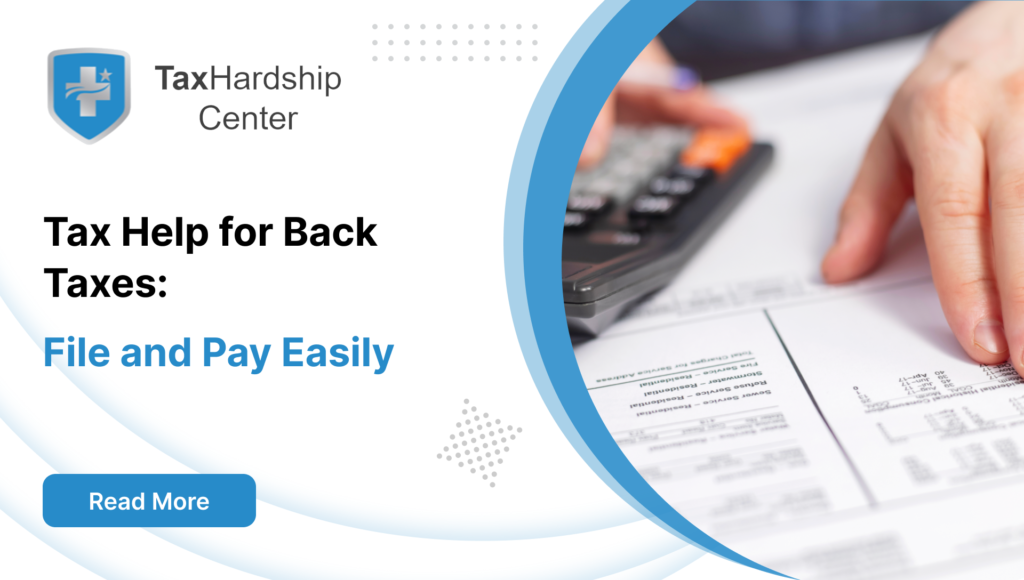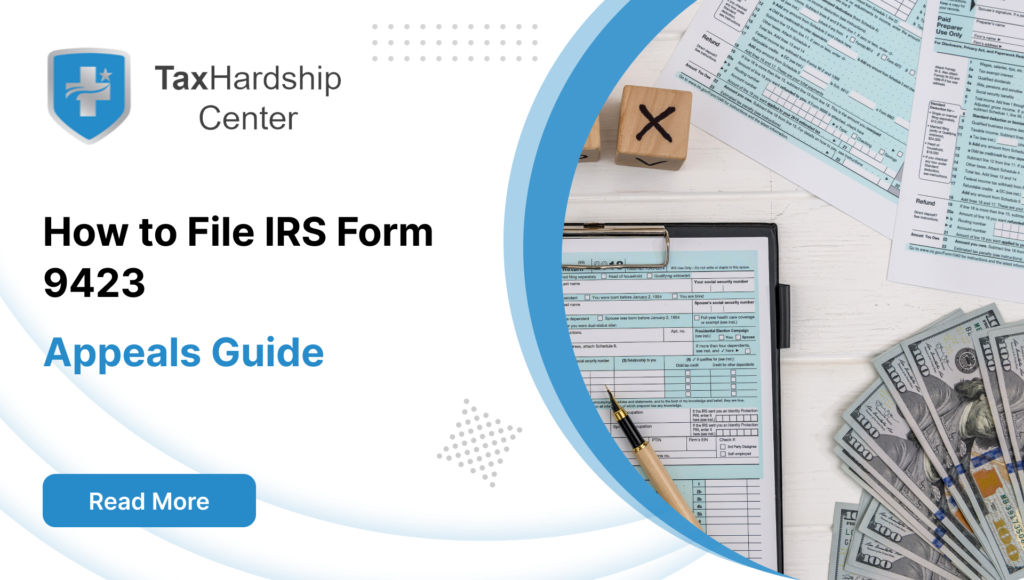Managing your tax obligations is essential for maintaining your financial well-being. However, circumstances may challenge fulfilling your state tax responsibilities, resulting in back state taxes owed. This comprehensive guide will delve into the basics of back state taxes, provide detailed information on managing this situation, and answer frequently asked questions related to this topic.
Understanding Back State Taxes
Gain a comprehensive understanding of back state taxes, why they occur, and their potential implications on your financial well-being. Learn how to navigate this complex issue and take proactive steps to resolve your back state taxes owed efficiently.
What are Back State Taxes?
Back state taxes are unpaid state tax obligations that have accumulated over time, exceeding the specified deadline for payment. These taxes can accrue penalties and interest, making it essential to address the situation promptly.
Reasons for Back State Taxes
Various factors can contribute to the occurrence of back-state taxes. These include financial hardships, lack of awareness, errors in tax preparation, or failure to file state tax returns.
Effect of Back State Taxes
Unresolved back state taxes can lead to penalties and interest, compounding the amount owed. Discover the potential legal consequences of ignoring back state taxes, including wage garnishment, property liens, and asset seizure. Address your back state taxes and avoid these detrimental effects on your financial stability.
Penalties and Interest
When state taxes remain unpaid, state taxation authorities may impose penalties and interest on the outstanding amount. These additional charges can significantly increase the total owed, emphasizing the need to resolve the issue without delay.
Legal Consequences
Persistent failure to address back state taxes can lead to legal repercussions such as wage garnishment, property liens, or even the seizure of assets. To prevent such consequences, it is crucial to take timely action.
Resolving Back State Taxes
Resolving your back state taxes is crucial to restoring your financial stability and avoiding potential legal consequences. We will provide a detailed, step-by-step guide to help you navigate the process effectively.
From assessing and organizing your financial documents to exploring payment options and seeking professional assistance, we will equip you with the knowledge and tools necessary to address your back state taxes confidently. By taking proactive measures, you can work towards resolving your back state taxes and finding a viable solution that fits your financial circumstances. Whether considering a payment plan, an offer in compromise, or seeking professional tax help, this comprehensive guide will empower you to take the necessary steps and make informed decisions. Following this roadmap to resolving your back-state taxes, you can regain control of your finances and move towards a more secure financial future.
Step-by-Step Guide to Resolving Back State Taxes
- Assess and Organize: Gather all relevant documents related to your back state taxes owed. This includes past tax returns, payment records, and correspondence with tax authorities. Organize these documents to gain a clear understanding of your financial situation.
- Communicate with Tax Authorities: Contact the appropriate state taxation authority to discuss your circumstances. Explain your situation, provide supporting documentation, and inquire about potential payment plans or other options to settle your tax debt.
- Negotiate a Payment Plan: If paying the entire amount at once is not feasible, explore the possibility of setting up a payment plan with the tax authorities. They may allow you to make monthly installments, easing the financial burden.
- Offer in Compromise: Sometimes, you may be eligible for an offer in compromise, which permits you to settle your tax debt for less than the amount owed. This option is typically considered when taxpayers cannot pay the total amount. It is worth exploring if you meet the eligibility criteria.
- Seek Professional Help: If you find the process overwhelming or encounter complications, consider enlisting the assistance of a tax professional. They can guide you through the process, negotiate on your behalf, and ensure you take advantage of all available options.
Conclusion
Dealing with back state taxes owed can be a complex and overwhelming process. However, by taking swift action, organizing your finances, maintaining open communication with tax authorities, and, if necessary, seeking professional assistance, you can work towards resolving your tax debt. Remain proactive, explore all available options, and tailor your approach to suit your circumstances.
By following the step-by-step guide in this comprehensive resource and seeking expert advice when required, you are taking essential steps toward rectifying your back state taxes and regaining control over your financial situation. With determination and proper planning, you can successfully address your back-state taxes, achieve peace of mind, and secure your financial future.
Frequently Asked Questions
- Can back state taxes be forgiven?
State tax authorities may offer tax forgiveness or relief programs in some instances. However, eligibility criteria and specific state regulations significantly determine whether you qualify for any forgiveness options. Consult with the state taxation authority or a tax professional to ascertain your eligibility for such programs.
- How long does the state have to collect back taxes?
The statute of limitations for collecting back state taxes varies from state to state, typically three to ten years. It is vital to note that specific actions, such as filing for bankruptcy or entering into a payment agreement, can pause or extend this time frame.
- Will bankruptcy eliminate back state taxes owed?
While bankruptcy can help alleviate certain debts, back-state taxes are generally non-dischargeable. Consult with a bankruptcy attorney to understand the implications and determine if any portion of your tax debt can be discharged through bankruptcy.








